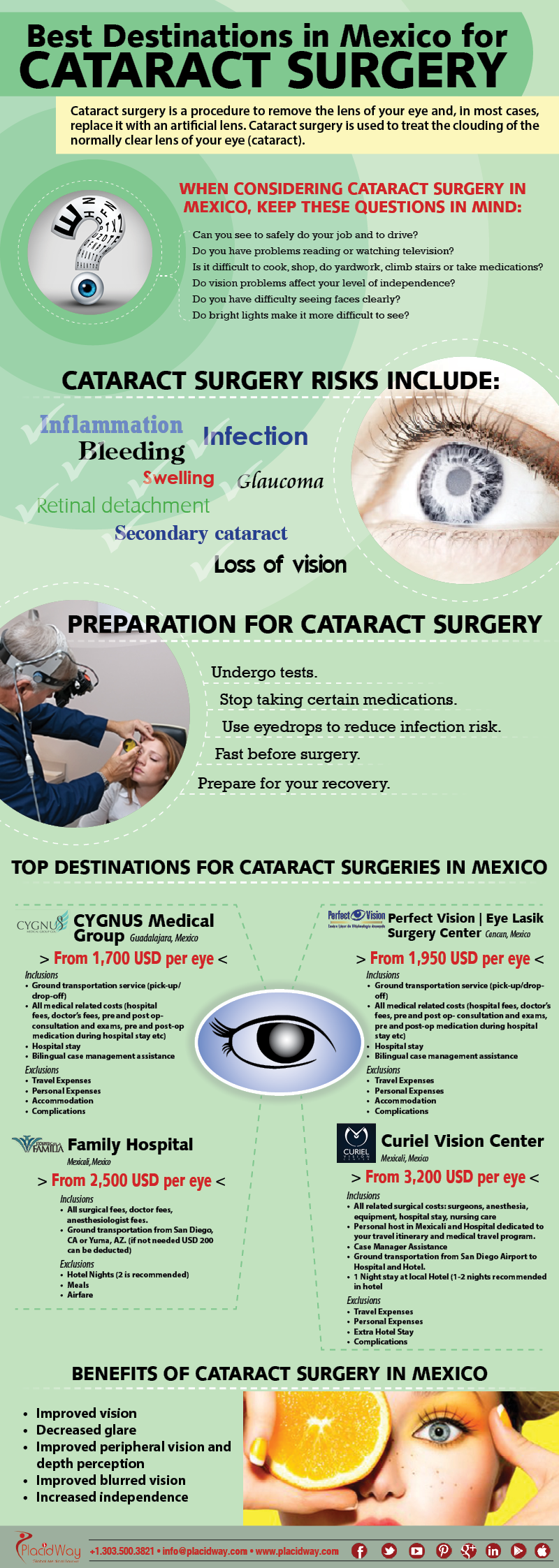Did you know that the evolution of glaucoma therapy approaches extends centuries, incorporating both conventional remedies and cutting-edge advancements? From is laser surgery good for cataracts to advanced Minimally Intrusive Glaucoma Surgery techniques, the spectrum of alternatives is large. As you delve into the complexities of conventional versus innovative strategies, you may discover shocking understandings that challenge traditional perspectives on treating this prevalent eye problem.
Historical Development of Glaucoma Treatments
The historical development of glaucoma treatments dates back to ancient human beings where different solutions were used to take care of the condition. In old Egypt, for example, treatments entailed a combination of honey, fat, and sour milk related to the eyes. The Greeks and Romans also contributed to very early glaucoma treatments with a focus on topical applications and nutritional interventions. Throughout background, diverse cultures developed one-of-a-kind strategies to minimize the signs and symptoms of glaucoma, frequently rooted in organic remedies and superstitious notions.
As time progressed, innovations in medical understanding led to more methodical strategies to treating glaucoma. In The Center Ages, Arabic scholars made substantial payments by researching the anatomy of the eye and establishing surgical strategies to resolve eye problems. Laser Vision Correction Cost laid the structure for modern-day glaucoma therapies that we've today. Recognizing the historic context of glaucoma treatments supplies beneficial understandings right into the constant development and improvement of clinical methods over the centuries.
Comparison of Conventional Methods
In contrasting conventional approaches for treating glaucoma, take into consideration the historical contexts and performance of numerous treatments.
Typical therapies for glaucoma have evolved over centuries, from ancient techniques like making use of honey and wine to more recent developments such as eye drops and surgeries. Historically, solutions like the application of leeches or herbal mixtures were utilized to reduce signs, but their effectiveness was restricted.
As time advanced, methods like iridectomy, where a part of the iris is gotten rid of, came to be prominent for lowering intraocular stress. Some standard approaches, like utilizing oral drugs to decrease eye pressure, have stood the test of time and are still utilized today. However, these therapies typically come with negative effects and may not be as reliable as modern options.
It's necessary to consider the historical importance of standard glaucoma treatments versus their efficacy in the context of current clinical developments.
Evaluation of Cutting-edge Treatment Techniques
Taking into consideration the progressing landscape of glaucoma therapy, cutting-edge techniques are transforming the means this eye condition is managed.
One notable development is minimally intrusive glaucoma surgical procedure (MIGS), which provides a much less intrusive option to traditional procedures. MIGS aims to minimize intraocular stress by enhancing the eye's all-natural water drainage system, causing less difficulties and faster recuperation times compared to conventional surgical treatments.
Furthermore, the growth of sustained-release medicine distribution systems has offered an extra effective way to provide glaucoma medicine. These systems can release medication progressively over a prolonged period, enhancing client adherence and lowering the frequency of eye drops.
In addition, emerging technologies like selective laser trabeculoplasty (SLT) offer a non-invasive choice for decreasing intraocular pressure by targeting specific cells in the eye's drain system.
Verdict
As you review the development of glaucoma treatments, you can see exactly how conventional techniques have actually led the way for cutting-edge approaches to emerge.
From old treatments to modern-day developments, the trip of treating this complicated eye condition has been like a rollercoaster adventure.
However with new techniques like MIGS and sustained-release medicine distribution, the future looks brighter than ever before for people seeking reliable and much less invasive services.
